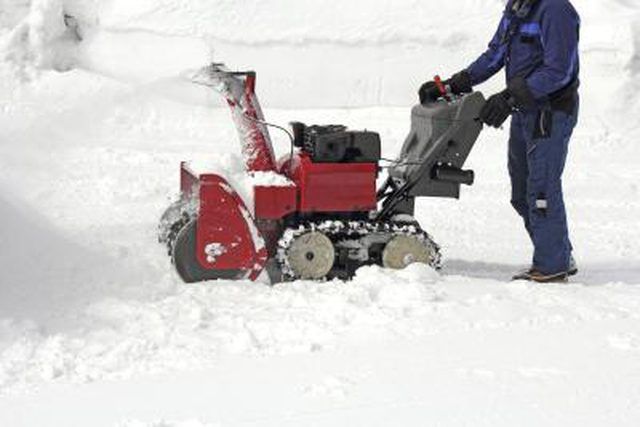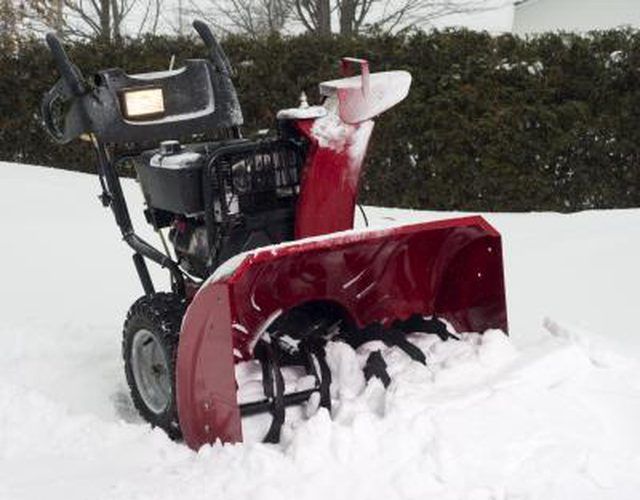Bulbs
Flower Basics
Flower Beds & Specialty Gardens
Flower Garden
Garden Furniture
Garden Gnomes
Garden Seeds
Garden Sheds
Garden Statues
Garden Tools & Supplies
Gardening Basics
Green & Organic
Groundcovers & Vines
Growing Annuals
Growing Basil
Growing Beans
Growing Berries
Growing Blueberries
Growing Cactus
Growing Corn
Growing Cotton
Growing Edibles
Growing Flowers
Growing Garlic
Growing Grapes
Growing Grass
Growing Herbs
Growing Jasmine
Growing Mint
Growing Mushrooms
Orchids
Growing Peanuts
Growing Perennials
Growing Plants
Growing Rosemary
Growing Roses
Growing Strawberries
Growing Sunflowers
Growing Thyme
Growing Tomatoes
Growing Tulips
Growing Vegetables
Herb Basics
Herb Garden
Indoor Growing
Landscaping Basics
Landscaping Patios
Landscaping Plants
Landscaping Shrubs
Landscaping Trees
Landscaping Walks & Pathways
Lawn Basics
Lawn Maintenance
Lawn Mowers
Lawn Ornaments
Lawn Planting
Lawn Tools
Outdoor Growing
Overall Landscape Planning
Pests, Weeds & Problems
Plant Basics
Rock Garden
Rose Garden
Shrubs
Soil
Specialty Gardens
Trees
Vegetable Garden
Yard Maintenance
Single-Stage Vs. Dual-Stage Snowblowers
Single-Stage Vs. Dual-Stage Snowblowers. There are variety of snow removal options and snowblowers remain an attractive alternative to snow shovels. There are two primary types of snowblowers: single-stage and two-stage, also known as dual-stage.
There are variety of snow removal options and snowblowers remain an attractive alternative to snow shovels. There are two primary types of snowblowers: single-stage and two-stage, also known as dual-stage.

Single-stage snowblowers are usually gas powered, but electric models do exist. A single-stage snowblower uses an auger-type assembly. The auger typically spins, chips and collects ice and snow and then throws it out of a discharge chute, all in a single stage. Single-stage blowers vary in width from 12 inches to 22 inches. Snow can be thrown 25-35 inches. Single-stage snowblowers are generally used for light residential use in lighter snow removal situations.

Dual-stage snowblower models have engine-driven wheels or tank-style tracks. The front of the snowblower rides on skids that control the clearing height of the auger. Two-stage, gas-powered snow blowers have four-cycle engines built to operate in extreme cold. Snow is brought inward by slow-turning augers and is then pushed toward a high-speed impeller, which in turn, throws the snow out of the discharge chute, using two stages, instead of one. Dual-stage snowblowers come with a wide array of options and are intended for residential or commercial use in heavier snowfall areas.

The main difference between single-stage and dual-stage snowblowers is a spinning impeller that is located behind the collection auger. The impeller acts like a pump. Snow is collected and then churned by the auger and pushed up through a discharge chute at a higher speed. The dual-stage moves more snow at a faster speed and throws the snow a greater distance. The clearing width is larger in the dual-stage, ranging from 20 inches to 36 inches.
